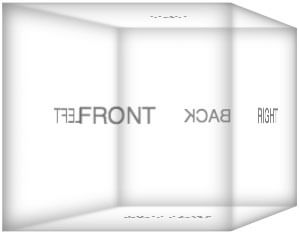Legacy String Methods for Generating HTML
I'm always really excited to see new methods on JavaScript primitives. These additions are acknowledgement that the language needs to evolve and that we're doing exciting new things. That being said, I somehow just discovered some legacy String methods that you probably shouldn't use but have existed forever. Let's take a look!
These legacy string methods take a basic string of text and wrap it in a HTML tag of the same name:
"Hello".big() // "<big>Hello</big>"
"Hello".blink() // "<blink>Hello</blink>"
"Hello".bold() // "<b>Hello</b>"
"Hello".italics() // "<i>Hello</i>"
"Hello".link("https://davidwalsh.name") // "<a href="https://davidwalsh.name">Hello</a>"
Native prototypes don't usually remove methods and for good reason -- they can break websites! I'm shocked I didn't know about these methods before today. It's always fun to see relics of the web past though!




